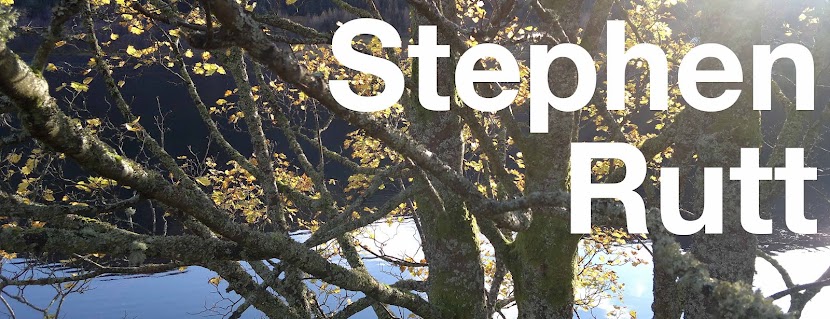It was just a five mile stroll with friends up the moors to
the inn at the end of the road. It might be just three miles east of Dunblane
but it feels more remote: Sheriffmuir Wood hides the slope down to the upper
reaches of the Forth valley sprawl; the horizon on north and south sides is
moorland and to the east, Blairdenon Hill is the bare-backed lump hiding the
rest of the Ochils. Its mood is usually bleak but it was a hot and hazy
evening, the finest day of the year so far and the first of the cider days.
Skylarks hung in the sky, singing; a sky faded to pale blue from the haze of
the heat, and Curlew song rippled languidly from the moors. We took the quiet
road that winds its way past rusting, crumbling shielings and conifer
plantations, the Larch still brown after the long hard winter. Colt’s-foot
lined the burn that runs under the quaint bridge sitting in a scar that seems to
me too grand to be the burn’s own work. Two Sand Martins flit downstream into
the slowly setting sun. Yellow, like the Colt’s-foot.
The evenings
here are long. They start early and end late and normally catch me by surprise.
Today it wasn’t so much the evening as its sepia brown accomplice that caught
me out. As we strolled up the final slope to our waiting pints, the grass turns
to heather and across the road swept a Short-eared Owl. With some fat,
unfortunate rodent in its bill, it flew low and fast down the line between the
heather and the grass. It dropped to the ground and stared, cross-eyed, back
along the moor, before vanishing behind a veil of grass. My pint completely
forgotten about.
Nature is best
unexpected.










